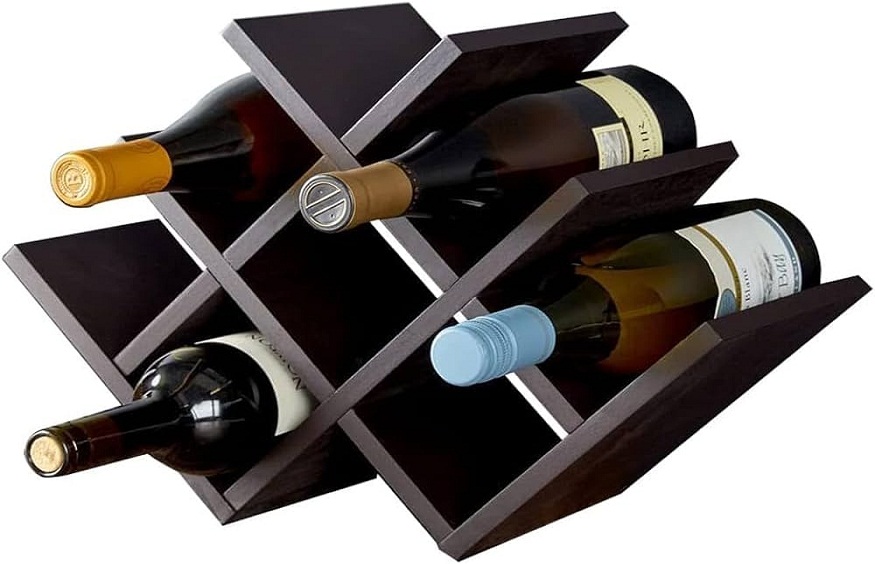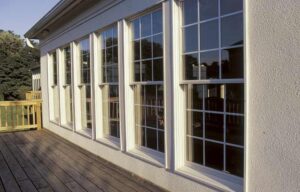Choosing the Right Wood for Your Wine Rack: A Guide to Durability and Style
3 min read
This is particularly important when a wine rack is being constructed or procured from the market since the type of wood significantly used influences its utility and aesthetic value. Here, the nature of every kind of wood differs in the practical characteristics, which influences the appearance and durability of future wine storage. Choosing the suitable wood means that your wines are well protected, and adding the racks alleviates the aesthetic of your wine storage area.
Let’s discuss the pros and cons of each of them concerning wood wine storage.
Mahogany: The King of Durability
Natural mahogany is very durable, seldom warps, and has a grain pattern in its wood, making it ideal for wine racks. This hardwood has a reddy brown hue, is minutely dense, and is naturally decay resistant, so it is preferred for wine-making. Mahogany reacts poorly to humid conditions; thus, it will be perfectly suitable for wine cellars. Mahogany is hard and sturdy, meaning that hiring specialists in producing wine racks manufactured from mahogany will not have to worry about the wine racks degrading within a few decades. This wood is also significantly reduced to pest attack, which is another bonus for preserving the wines.
Oak: Classic Elegance and Strength
Oak is also frequently used for wine racks, and the traditional look of the wood makes it ideal for the occasion. It has a light to medium brown color that suits different interior designs, including classic and contemporary. Oak has a tight grain pattern, making it resistant; it can support massive quantities of wine without deformation. Oak also provides a natural feature of moisture production, ensuring that wine bottles remain in good condition. Being less expensive than mahogany, oak offers a classic and sturdy solution suitable for those seeking performance and elegant design in home additions.
Pine: Affordable and Rustic
Pine wood is preferred for those looking for an inexpensive material. This softwood is easily portable and easily manipulated during construction, as it is very light. Another type of wine rack you will find is the Pine wine rack; these are more suited to the country cottage and casual designs. However, pine seems less durable than mahogany or oak; thus, it can be a stretcher for the relatively few wines. Although pine appears cheaper and better suited to painting and staining, it is easier to dent, scratch, and absorb moisture and perhaps not ideal for long-term or large-scale storage use. It is also crucial that the pine wine racks be preserved in drier condition, further increasing their shelf life.
Beauty line with durability
Cherry gives a rich red color and fine surface polish, which makes it the first choice of many people who care about appearance. Cherry wood, however, changes color with time, and this wine rack acquires that distinguished old look. Although cherry is less solid and sturdy than mahogany or oak, it certainly offers a satisfactory build for holding a selection of wine. Cherry, a fine-grain wood, also has a smooth and glossy look. Like pine, cherry wood might also scratch or dent quickly, making placement and maintenance important.
Final Thoughts
Wood selection is among the most critical decisions in wine rack construction criteria because it combines usefulness, aesthetics, and price. Hardwood mahogany is unmatched in durability, with even higher moisture resistance, which is very valuable for collectors. Oak has a timeless appeal and inherent water resistance; pine is cheaper and gives a material an aged look. The noted natural beauty of cherry wood makes it possible to select this type of wood for creating small collections. Whether you are concerned with strength, esthetic appeal, or cost, there is a wood to meet your desire for wine storage wood. Therefore, to achieve safe wine storage and optimal aesthetic appeal, you should know the kind of characteristics that each type of wood has.






